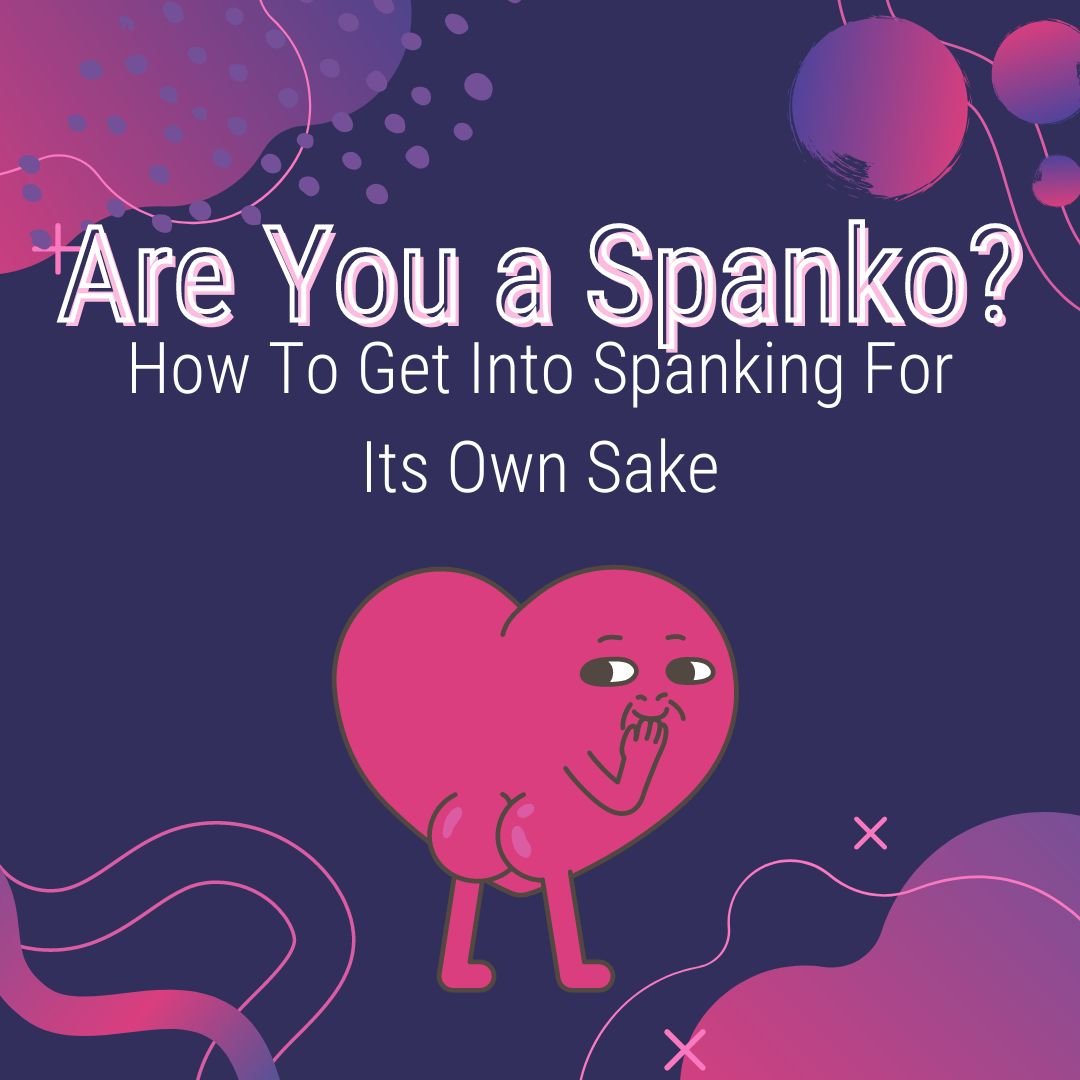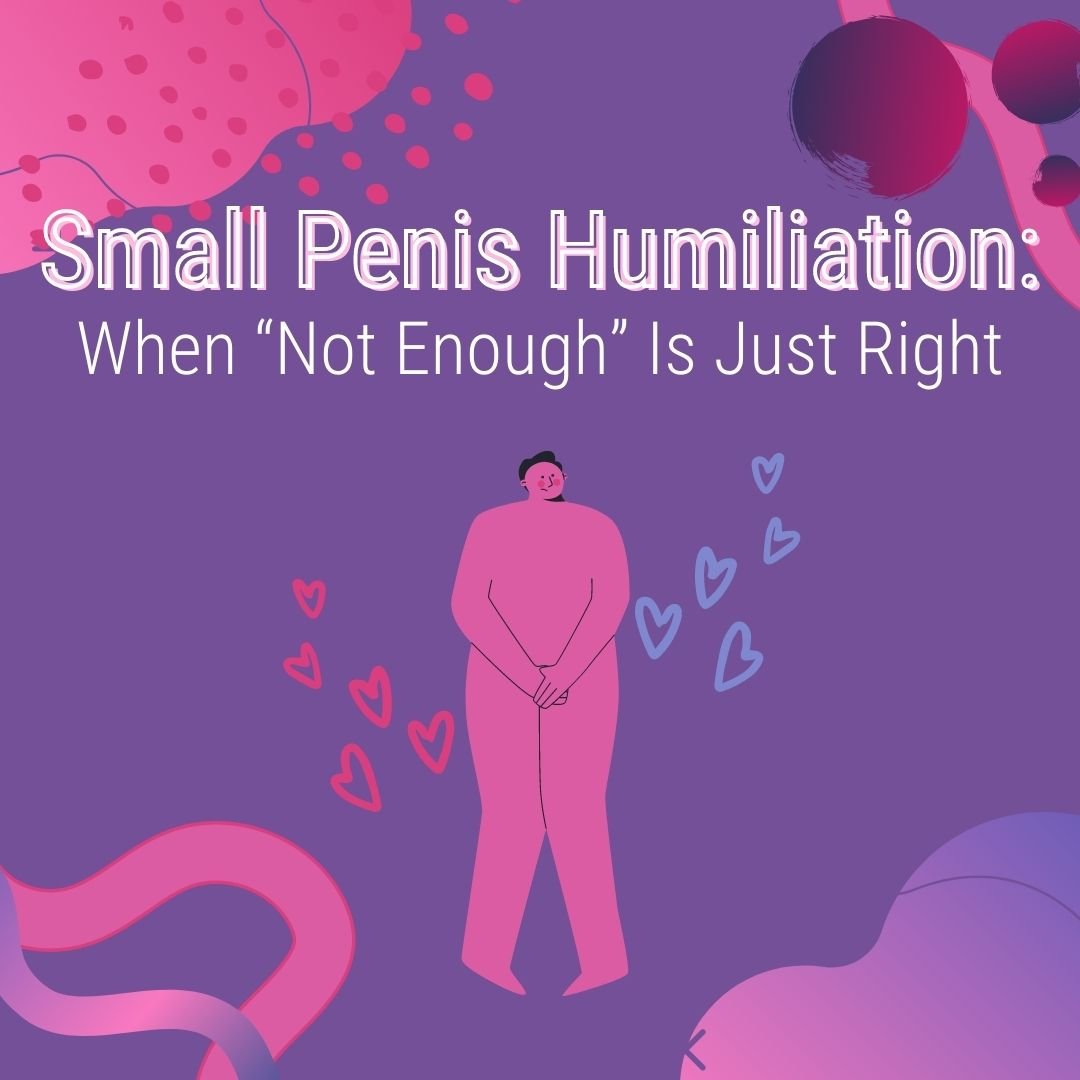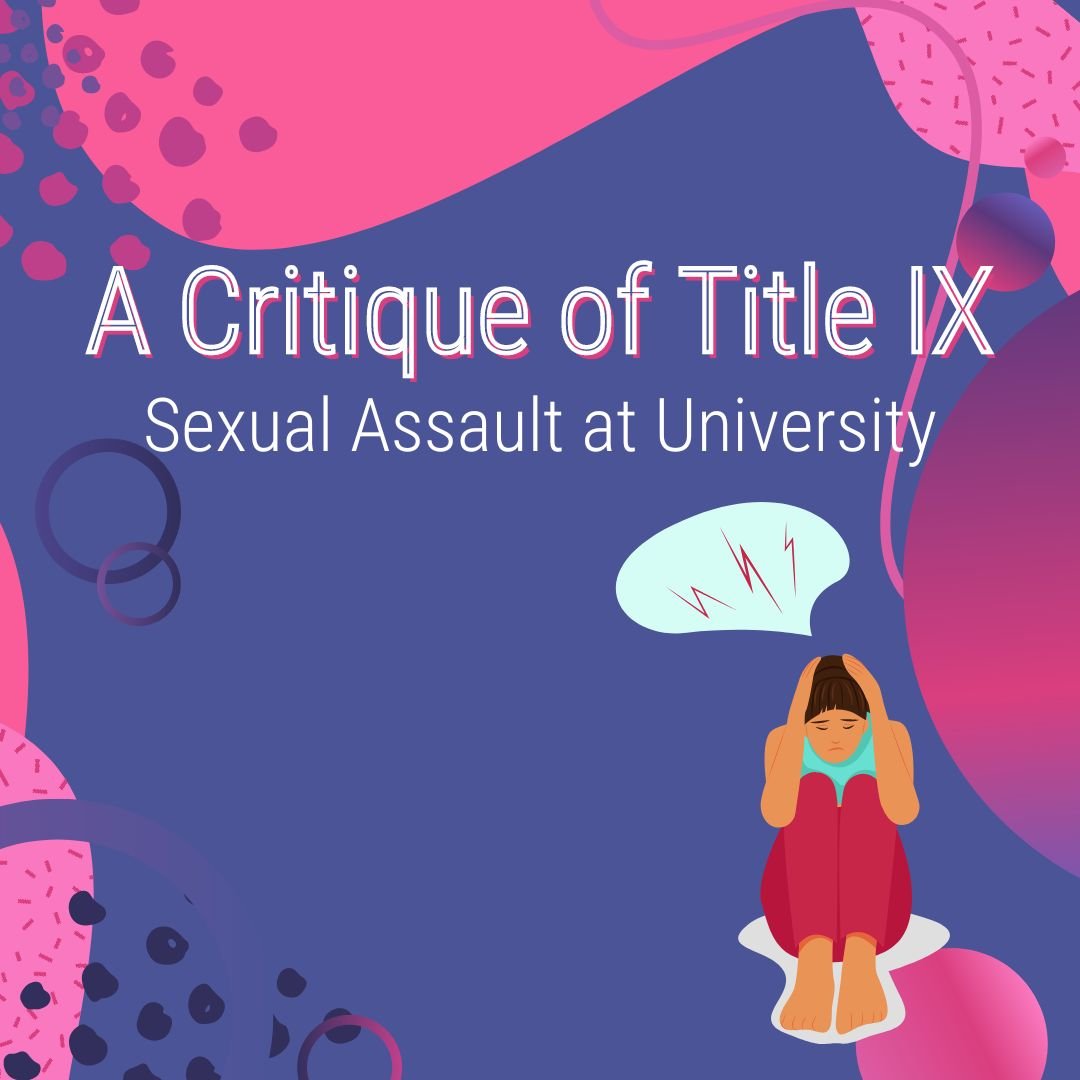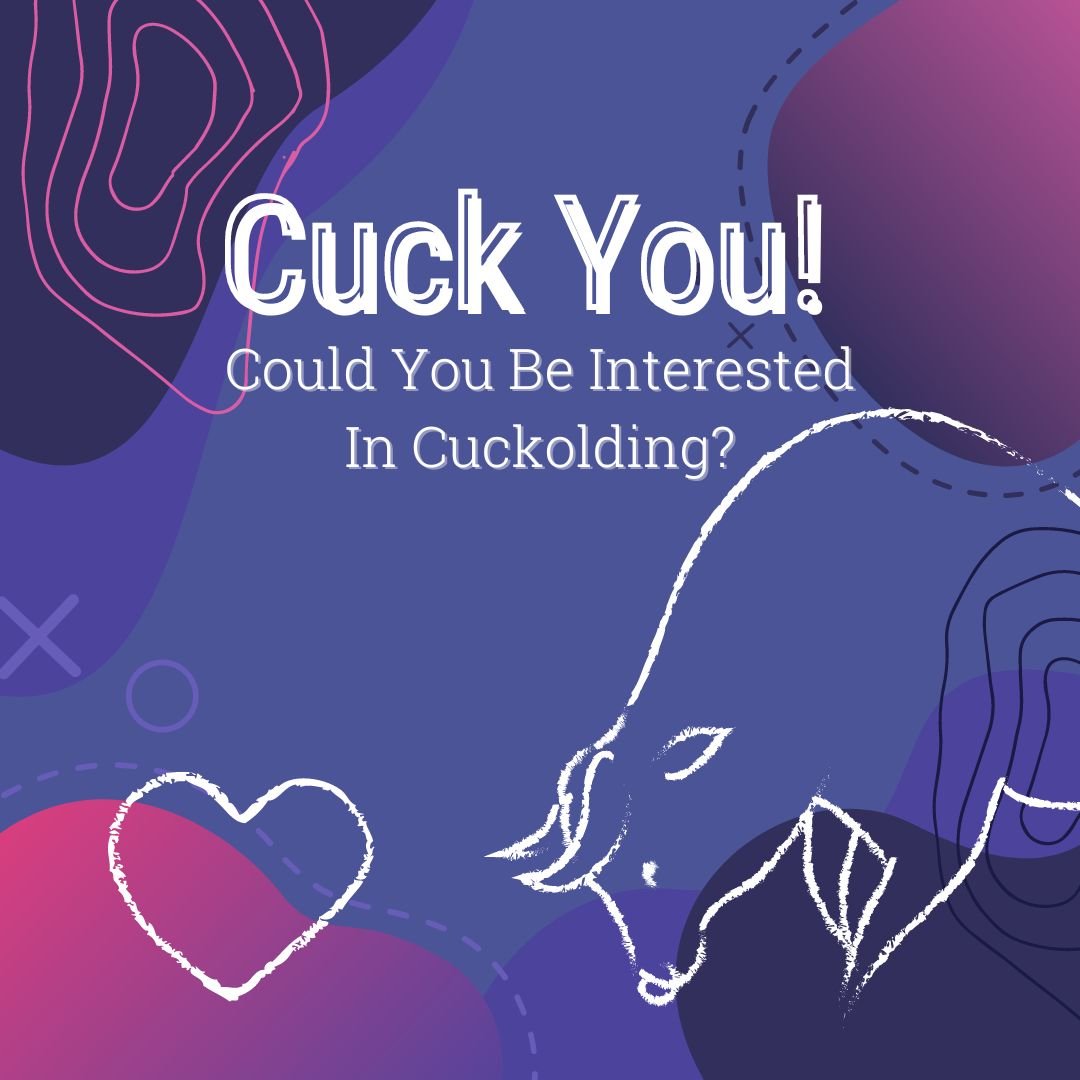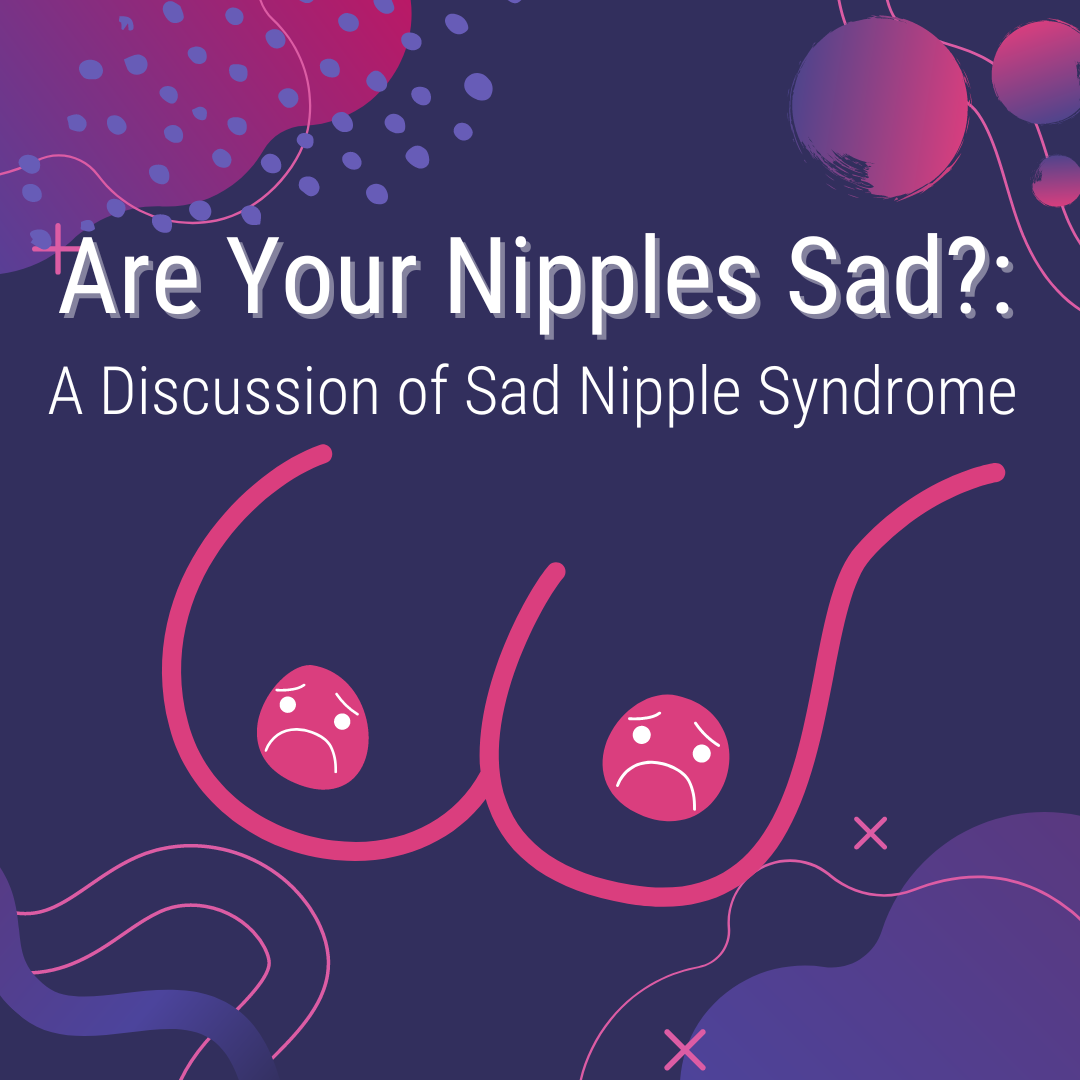Erotic hair pulling is one of those sexy activities that are so popular many people don’t even consider it a kink. It tends to float around in the “rough sex” zone where people so often put things like spanking and biting. I don’t think this idea is particularly accurate or helpful because it lumps many diverse activities together as if being interested in one necessarily means you’re interested in others. It also treats these activities like they hold little to no risk of harm. For example, hardly any work has been produced on how to pull hair safely, possibly because it has a reputation for being “entry-level” and not needing to be explained. Unfortunately, hair pulling holds substantial risk when done incorrectly. So let’s go over different kinds of hair pulling, how to pull hair relatively safely, and all (or some, at least) of the ways hair pulling can be incorporated into activities that aren’t traditional “rough sex.”
First and foremost we need to talk about what, exactly, erotic hair pulling is. Porn and other kink photography tend to depict hair pulling as one person dragging someone around by their hair or tugging on the ends of braids or ponytails-like handles during doggy-style sex. Obviously, the breadth of human sexuality is near infinite so people can be into all sorts of variations, but these techniques are not particularly safe and do not consistently produce the erotic effect that many enjoy. Instead, many people enjoy the feeling of having their scalp stimulated directly through hair pulling that’s tight against their head. The typical technique involves lacing fingers into the base of your partner’s hair in order to pull from the scalp. Conveniently, this is not only the safest method but is also doable on surprisingly short hair. You probably wouldn’t be able to form a fist in hair shorter than about two inches, but even just sliding your fingers into the base of short hair and squeezing them tightly together can produce a similar effect. When hair is pulled at the base, the sensation is more like an intense scalp massage than pure pain. It has an element of masochism to be sure, but it’s the sort of ambiguous pain that many people who don’t consider themselves masochists might really enjoy.




